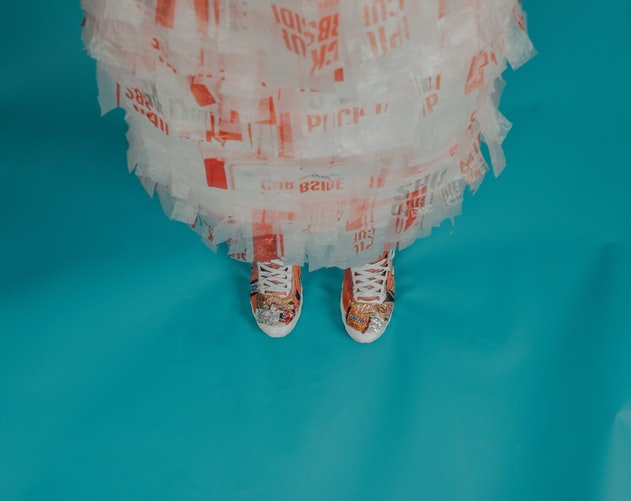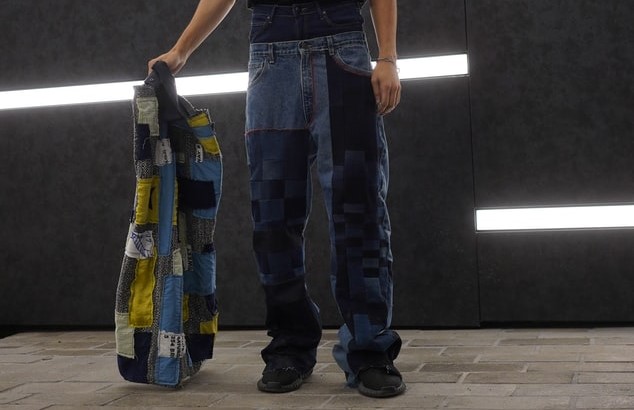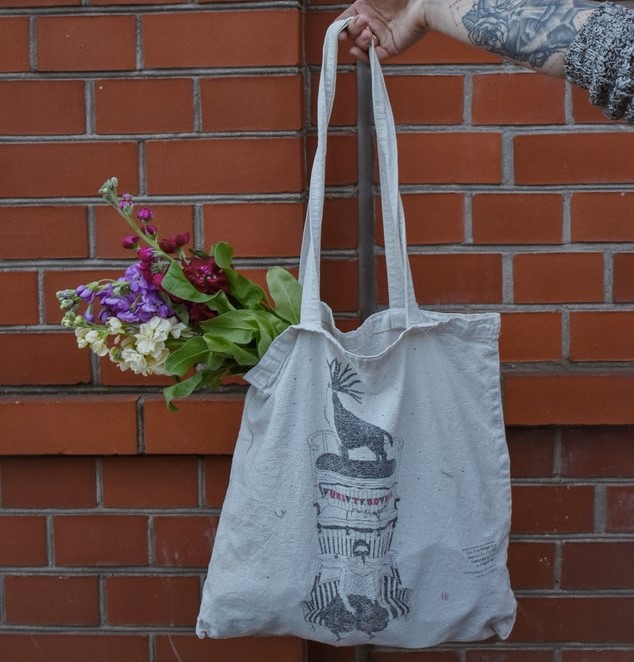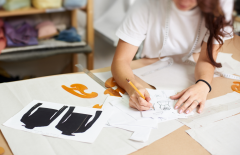
In light of global warming where sustainability has become the new fashion statement, brands around the world have been jumping on the bandwagon to produce eco-fashion products.
In the apparel business, we tend to end up with leftover stock by the end of a seasonal collection particularly during global events such as pandemics or recessions. Brands either destroy unsold goods, sell them at discounted prices or donate them to charity.
Sometimes, we might end up with garments that have defects or problems with sizing, although this can be solved with well-managed quality control processes. At other times, certain products may not be well received by customers, resulting in an accumulation of unsold garments. Given the costs of destroying stagnant goods, this issue is definitely frustrating for fashion brands and merchandisers.
With increasing concerns of global warming advocated by environmental organisations, fashion brands are facing increasing pressure to come up with sustainable practices. One such concept is upcycling.
Upcycling: A definition
Instead of destroying old garments, upcycling looks at transforming unwanted clothes by giving them a renewed purpose through creative processes.
For example, part of an old pair of jeans can be reformed into a brand new denim jacket. Not only is this sustainable, but it also helps to save costs. There are actually plenty of sustainable options to revive your stagnant goods. Instead of contributing to global warming, consider upcycling your unsold garments!
How do brands upcycle?
Brands do so by incorporating recycled materials such as plastic bottles and wrappers into their designs.
To take this one step further, you can utilise other types of material such as cardboard packaging and wrappers into your design as shown:

After all, upcycling is a creative process; your creativity is not limited to only cloth and fabrics!
Hence, before you chuck those old stocks out, consider that the fashion industry ranks second below the oil industry as a major contributor to global carbon emissions.
Recycling and its impact on the eco-fashion industry
Another sustainable concept is known as recycling.
The act of recycling refers to processing waste into usable materials. It requires an intricate process of sorting, cleaning and ‘breaking down’ to convert waste into raw material.
Some brands utilise recycled materials such as fibres made from recycled plastic in their designs.
Non-biodegradable materials such as polyester, are especially encouraged to be recycled due to their slow rate of decomposition and the harm they cause to the environment.
Let’s take a brief look at how unwanted cotton clothes are recycled as an example.
First, the clothes are collected and separated based on their colours and materials. They are then shredded and cleaned before reconstructing them into raw fabric.
Instead of sending mass unsold collections to landfills, businesses can consider participating in recycling efforts. You can save costs on raw materials while not letting your products go to waste!
A great green initiative big brands such as H&M are implementing is the collection of unwanted clothes for recycling purposes. Vouchers, discounts and other perks are offered in exchange for the customer’s contribution, which helps to encourage consumers to be part of this sustainable journey.
What is the difference between upcycling and recycling?
Upcycling involves using the leftover material in its original state while recycling requires the conversion process of turning unwanted matter into fresh material.
The goal, however, remains the same: To reduce the amount of waste and materials in production while saving costs.
The fast-fashion phenomenon, which refers to the mass production of clothes at a low price, is practised by many brands to distribute the latest trends to their consumers.
However, the environmental impact is extremely detrimental in its production and disposal.
From material procurement to the assembly line, it requires mass resource production and heavy usage of chemicals, further damaging our ecosphere. To make sure that production is on par with the latest trends, efficiency is prioritised which puts heavy pressure on the environment to produce enough resources for production.
After a seasonal collection is over, unsold clothes are generally shifted to the landfills to be incinerated. Carbon emissions from burning aside, the resources as well as the money that goes into production go to waste as well.
This is why mass-produced factory garments are especially susceptible to excessive waste in terms of liquidity and resources.
Fashion circular economy
The concept of a fashion circular economy became increasingly popular over the years as environmental concerns are voiced globally on every level. This notion points to the regenerative movement of resources by maximising their value.
This is why upcycling and recycling are great initiatives to the fashion circular economy movement.
Let’s explore some upcycling ideas for your next sustainable collection!
Upcycling Ideas

Some brands base their theme on producing certain apparels such as a t-shirt line or sleepwear. However, introducing upcycling allows businesses to explore other options as well.
In fact, you can expand into a new production line! As a side project, consider repurposing leftover cloth from production into accessories such as hats, tote-bags and masks.
Apart from using fabrics, you can even incorporate non-biodegradable materials into your designs! For example, candy wrappers are incredibly popular for their iconic bright colours.
A vital skill that eco-fashion designers must possess would be basic apparel drawing. For advanced practitioners, consider honing your skills with our advanced apparel drawing course, our global experts will guide you through each step in how to design your dream apparel!
Upcycle leftover cloth into tote bags

Tote bags are the easiest and most popular example of upcycling. In fact, upcycled tote bags are the essence of the circular fashion economy model: Unsold garments made with biodegradable materials are converted into tote bags which is one of the main products in the eco-fashion initiative.
Masks

In the midst of the COVID-19 pandemic, masks are now a necessity. In fact, at the beginning of the pandemic, there was a shortage of mask supply and people were encouraged to DIY as a temporary substitute. Today, disposable masks have become a plastic pollutant.
Furthermore, it does not seem that the virus is going away anytime soon. We have to accept that masks are now essential in our daily lives.
By converting old supplies into new masks, you can aid in ensuring sufficient mask supply while customising them to fit current aesthetics.
Check out the World Health Organisation (WHO) for the recommended fabrics!
Conclusion
The green initiative is a crucial turning point for the fashion industry to embrace sustainable practices. Whether you are a small scale business, a budding fashion student or part of a famous fashion label, you can make a difference by choosing eco-fashion!
Fashive is an online fashion institution that provides certified fashion courses. Are you a fashion professional or an aspiring student? Check out our online fashion courses if you are keen on learning the technical aspects of fashion!
Related Courses
Strategic Sourcing and Vendor Management
- 16 hours
- Advanced
- English
Apparel Production Drawing – Advance
- 20 - 24 hours
- Intermediate
- English
Apparel Production Drawing-Basic
- 20 hours
- Beginner
- English



